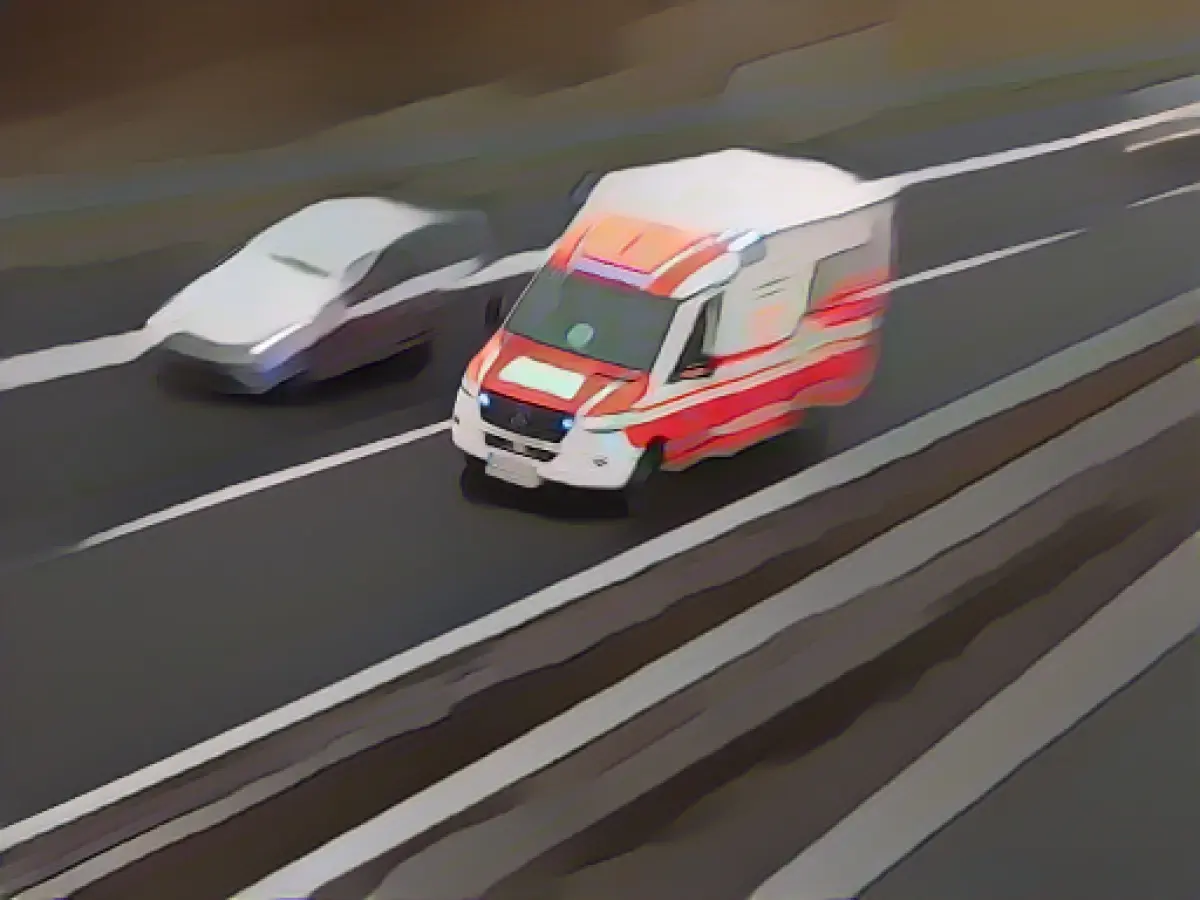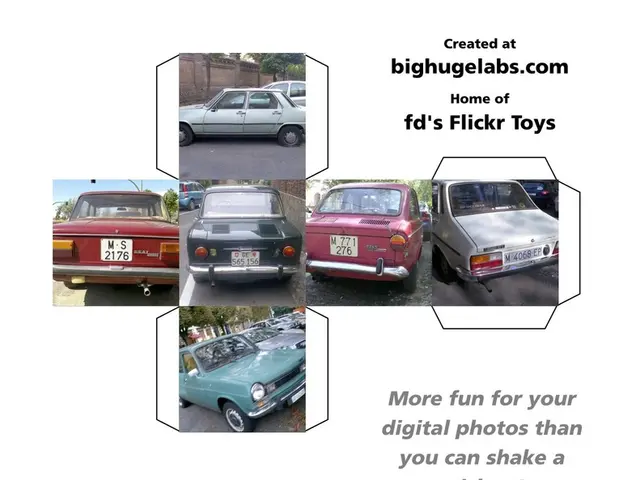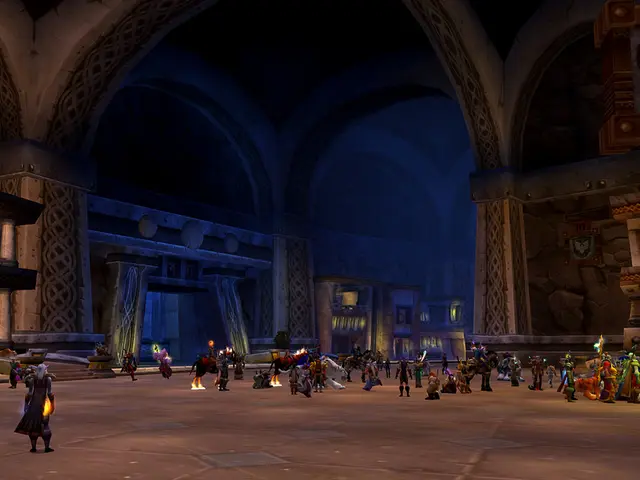Car Crash in Löwenberger Land Claims Lifes: Driver Errors and Suboptimal Road Design
An unfortunate incident transpired in the Oberhavel district of Löwenberger Land, where a 69-year-old driver lost their life in a head-on collision with a truck. According to police reports, the incident occurred on the Häsener Weg between Häsen and Kraatz on an unclear Monday morning.
The elderly driver, apparently losing control in a left-hand bend, veered onto the opposing lane; resulting in a devastating confrontation with an oncoming truck. Despite valiant rescue efforts by emergency services, the driver could not overcome their severe injuries and passed away at the scene. The truck driver, a 35-year-old, miraculously escaped unharmed.
The road remained closed for several hours to allow for the efficient execution of rescue and recovery operations. Police investigations into the cause of the collision are ongoing.
As a sobering reminder, this tragedy underscores the necessity for drivers to remain vigilant, especially during perilous circumstances like tight bends - notorious for their role in accidents of this nature. The incident also brought significant delays for commuters traversing the affected area.
Further examination of accidents like this one reveals unique contributing factors, encompassing both driver errors and suboptimal road design.
Driver Errors
- Distracted Driving: Sometimes, our attention strays from the task at hand. Activities like texting or talking on the phone often divert our focus from the road, increasing the probability of drifting into oncoming traffic, especially in tight bends where reaction time is crucial.
- Speeding: Exceeding the speed limit can render it challenging to maintain control of the vehicle, especially on curved roads or narrow lanes. This, in turn, elevates the probability of losing control and veering into opposing traffic paths.
- Drowsy Driving: Fatigue may cause the driver to lose focus or even fall asleep behind the wheel. This trend is particularly hazardous in tight bends, where the driver must remain fully alert to navigate safely.
- Loss of Vehicle Control: Rapid turns or unexpected maneuvers can lead to the driver losing control of their vehicle, which can ultimately result in drifting into the path of oncoming traffic.
Road Design
- Narrow Lanes: Roads with narrow lanes provide significantly reduced space for error, particularly if the driver is not entirely attentive or if their vehicle does not respond as expected.
- Sharp Curves: Sudden and not clearly marked curves pose a considerable threat to safety, potentially resulting in head-on collisions or loss of control.
- Inconsistent Lane Markings: Faded or inconsistent lane markings may contribute to misunderstandings from drivers, potentially causing them to deviate from their intended path or drift into oncoming traffic, especially in tight bends.
- Lack of Median Separation: In areas like Löwenberger Land, where there is no median or inadequate separation barriers, the chance of head-on collisions increases substantially.
In conclusion, both driver errors and suboptimal road design play a role in head-on collisions in tight bends. Enhancing road design through clearer signs, consistent lane markings, and adequate median separation can significantly reduce the likelihood of such accidents. Moreover, drivers must remain vigilant and refrain from distractions to ensure safe navigation through challenging road conditions.








